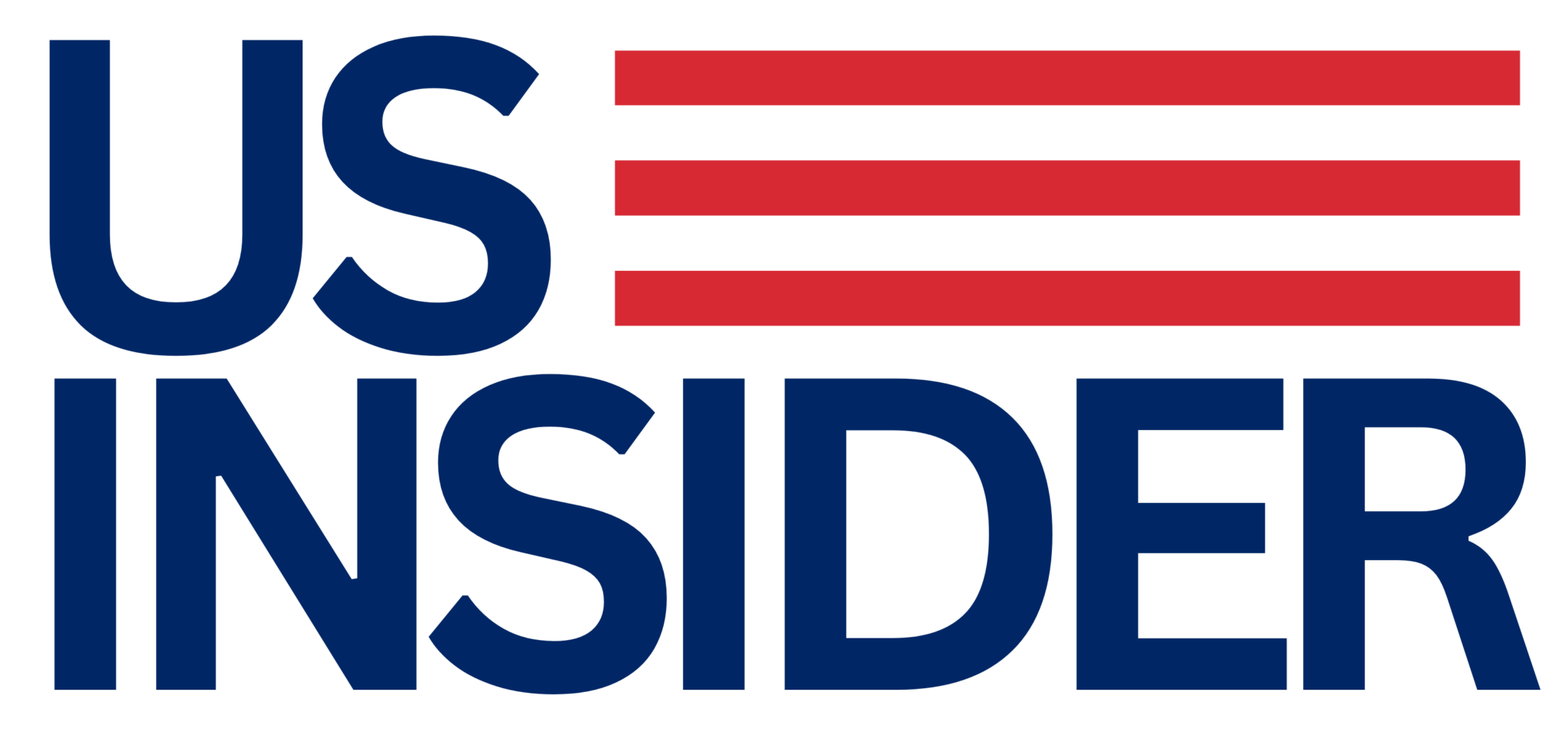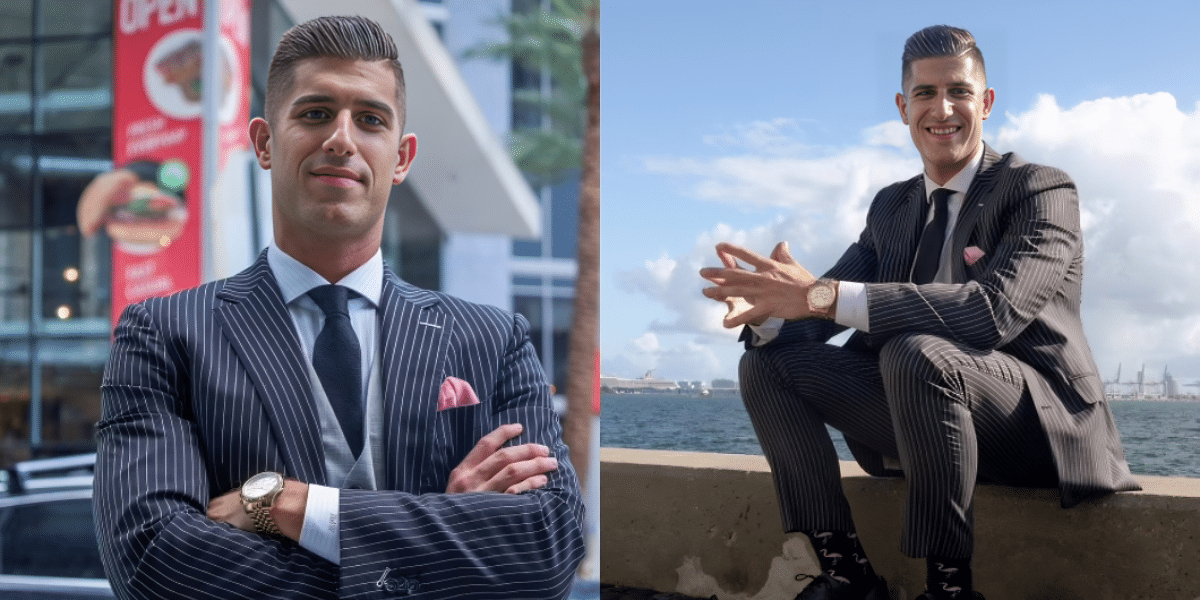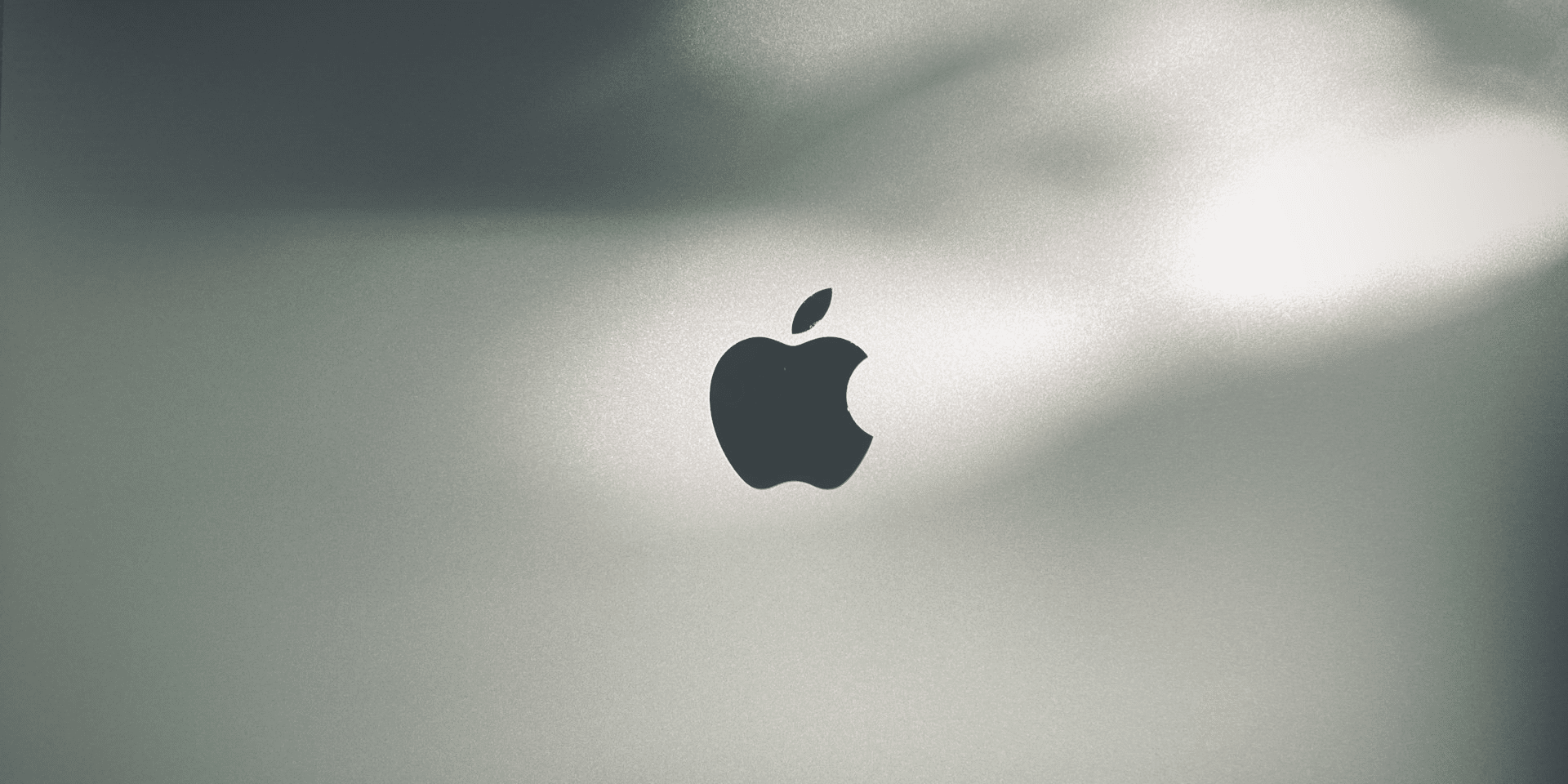During the closing arguments in the trial of Kyle Rittenhouse, jurors listened to two versions of the tragedy: one that painted Rittenhouse as a responsible young man with his community’s safety at heart who defended himself from people attempting to hurt him, and another that framed him as a reckless teenager looking to take advantage of the chaos and cause trouble, resulting in the deaths of two people.
Rittenhouse and his lawyers were vocal in their claim that he was acting in self-defense when he shot three people with his AR-15-style rifle. The shooter revealed that during the event, he feared for his life, causing him to take up his gun and pull the trigger.
Leading prosecutor Thomas Binger described a chaotic night that was created by the teen who escalated the situation he was facing through reckless actions that caused people to fear for their own lives. “There’s people getting in people’s faces. There’s yelling. There’s shouting. There’s even shoving,” Binger described, “And yet, in this entire sequence of events—from the shooting of Jacob Blake on Sunday, August 23, 2020, all the way after that, everything this community went through—the only person who shot and killed anyone was the defendant.”
Mark Richards, the lead defense attorney, responded by describing Rittenhouse’s shots as dangerous rioters who were trying to do harm. “It was hell in this area of downtown,” he said. Richards also attacked the prosecution, accusing them of charging his client in a rush of judgement. He also suggested that an employee at the state crime lab had manipulated the video evidence to benefit the prosecutors, saying Binger would lie to the jury’s face to get a conviction.
Kyle Rittenhouse, then 17, testified that he traveled to Kensha to act as a medic and help protect private property. Arming himself with an AR-16-style rifle, Rittenhouse shot and killed Joseph Rosenbaum and Anthony Huber and injured Gaige Grosskretz. Rosenbaum had been unarmed while Huber was striking Rittenhouse with a skateboard. Only Grosskreutz was armed with a pistol.
Throughout the closing arguments, the prosecutors and defense lawyers traded barbs and accused the other of lying. The two sides showed the jury evidence that were nearly identical but sharing different stories and giving opposite perspectives: Grosskreutz pointing the gun, Grosskreutz not pointing the gun; Rosenbaum threatening Rittenhouse, Rosenbaum wasn’t threatening Rittenhouse.
Despite the exchange putting the two parties at an impasse, prosecutors were given a boost on Friday when Judge Bruce Shroeder ruled they could argue Rittenhouse provoked the encounter by raising his weapon moments before Rosenbaum started to chase him. The prosecutors have been reliant on video footage from a drone that was shooting the incident from a block away, showing Rittenhouse and Rosenbaum from a distance.
“When the defendant provokes the incident, he loses the right to self-defense. You cannot claim self-defense to a danger you create,” said Binger. Richards simply repeated his sentiments, asking the juror to use common sense to evaluate Rittenhouse’s self-defense actions.
Kyle Rittenhouse currently faces five felony counts: first-degree intentional homicide, first-degree reckless homicide, first-degree attempted intentional homicide, and two counts of first-degree recklessly endangering the safety of another. He pleads not guilty on all counts.
On Monday morning, Judge Bruce Schroeder dismissed a sixth charge, a misdemeanor related to possession of a dangerous weapon by a minor. While the prosecutors brought the charge given Rittenhouse’s age at the time, Richards pointed out a loophole in Wisconsin law that allows minors to possess guns with barrels 16 inches or longer.





